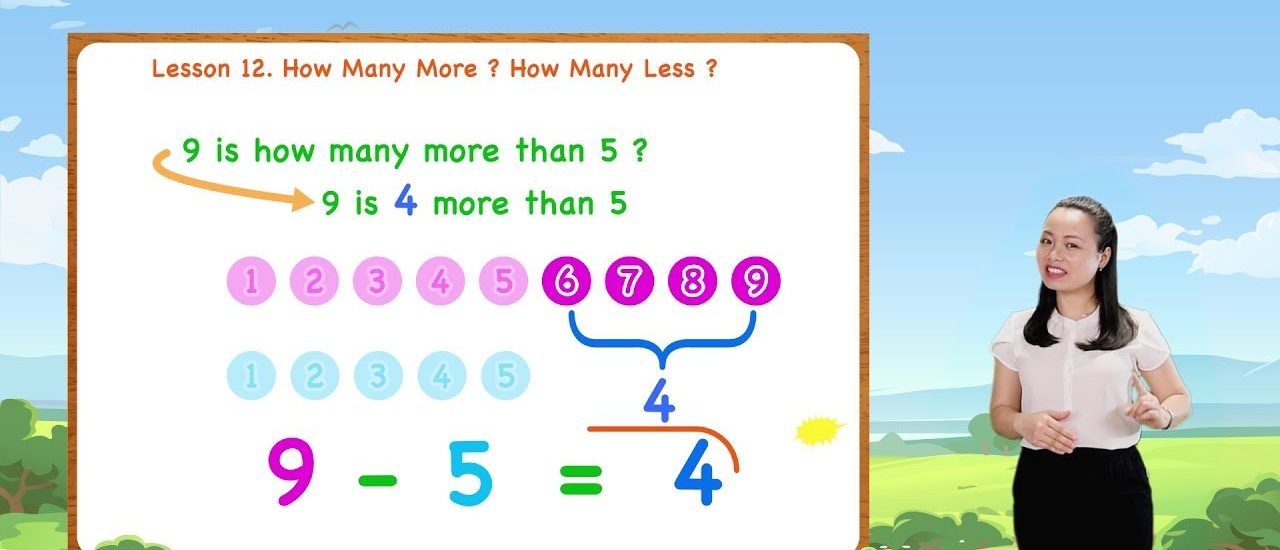Thirty. That’s how many more ways you can improve your productivity starting today. From optimizing your daily routine to mastering time management strategies, the possibilities are endless. With simple tweaks and focused effort, you can achieve remarkable results faster than you think. Embrace the power of “how many more” and unlock your full potential in no time. Ready to take your productivity to new heights? Let’s dive in together!
Exploring the Concept of ‘How Many More’
Understanding the Meaning
Have you ever wondered about the phrase ‘how many more’? It’s a question that pops up in our minds when we want to know the additional quantity or number of something. In this article, we’ll delve deeper into the concept of ‘how many more’ and how it can help us understand the world around us better.
Examples of ‘How Many More’
Let’s start with an example to make things clearer. Imagine you have 5 apples, and your friend gives you 3 more apples. You can then ask, “How many more apples do I have now?” This question helps us compare the original quantity to the new quantity and understand the increase.
Real-Life Scenarios
The concept of ‘how many more’ is not just limited to apples. It can be applied to various real-life scenarios. For instance, think about a school bus picking up children. If the bus stops at a bus stop and 4 more children get on board, we can ask, “How many more children are on the bus now?” This simple question helps us calculate the difference and understand the change in quantity.
Mathematics and ‘How Many More’
Mathematics plays a crucial role in understanding ‘how many more.’ When we want to find out the additional quantity or number, we often use basic math operations like addition and subtraction. Let’s explore how math helps us solve ‘how many more’ questions.
Addition
When we want to know ‘how many more’ of something we have after adding a certain quantity, we use addition. For example, if you have 7 candies and someone gives you 2 more, you can add 7 + 2 to find out how many candies you have now.
Subtraction
On the other hand, subtraction helps us determine ‘how many more’ we need to reach a specific quantity. If you have 10 pencils and you need 3 more to have 13 pencils in total, you can subtract 10 – 13 to find out how many more pencils you need.
Comparing Quantities
Another aspect of ‘how many more’ is comparing quantities. We can use this concept to understand the difference between two sets of numbers or objects. Let’s explore how comparing quantities can be fun and informative.
Visual Representations
One way to compare quantities is through visual representations like charts, graphs, or diagrams. For example, if you have a bar graph showing the number of books read by two students, you can easily see ‘how many more’ books one student read compared to the other.
Word Problems
Word problems are another way to practice comparing quantities using ‘how many more.’ These problems present real-life scenarios where you have to calculate the additional quantity. For instance, a word problem might ask you how many more marbles Sarah has compared to Tom if she has 8 marbles and Tom has 4 marbles.
Practical Applications of ‘How Many More’
‘How many more’ is not just a concept for math class; it has practical applications in our daily lives. Let’s explore some scenarios where understanding ‘how many more’ is essential.
Sharing Treats
Imagine you have a pack of candies, and you want to share them with your friends. Knowing ‘how many more’ candies you need to distribute equally among your friends can help ensure everyone gets a fair share.
Tracking Progress
Whether it’s tracking the number of pages read in a book or the laps run in a race, understanding ‘how many more’ can help you keep track of your progress and set achievable goals.
Planning and Budgeting
When planning an event or managing finances, calculating ‘how many more’ resources you need can help you stay organized and make informed decisions. Whether it’s estimating the number of chairs needed for a party or the extra funds required for a project, ‘how many more’ comes in handy.
By now, you’ve learned a lot about the concept of ‘how many more’ and how it can be applied in various situations. Next time you come across a scenario where you need to compare quantities or calculate the additional number of items, remember to ask yourself, “How many more?” Embracing this simple question can enhance your understanding of numbers, improve your math skills, and make your daily tasks more manageable. So, keep exploring and asking ‘how many more’ as you navigate through the exciting world of numbers and quantities!
John King – How Many More (Music Video)
Frequently Asked Questions
Q: How can I calculate how many more apples I need to buy to make a total of 15 apples if I already have 10?
A: To determine how many more apples you need, subtract the number of apples you already have from the total you want. In this case, if you have 10 apples and want a total of 15, subtract 10 from 15. You would need 5 more apples to reach your goal of 15.
Q: What is the process to find out how many more hours I need to study to reach a total of 20 hours, having already studied for 12 hours?
A: To find how many more hours you need to study, subtract the number of hours you have already studied from the total desired. For example, if you have studied for 12 hours and aim to study for a total of 20 hours, subtract 12 from 20. You would need to study for 8 more hours to reach your goal.
Q: Can you explain how to calculate the additional miles needed to run to reach a total of 50 miles after having completed 30 miles already?
A: To determine the additional miles needed to reach 50 miles, subtract the miles already covered from the total distance desired. If you have already run 30 miles and want to reach 50 miles, subtract 30 from 50. You would need to run 20 more miles to achieve your goal of 50 miles.
Final Thoughts
In conclusion, there is much work to be done to address climate change. The urgency of the situation demands immediate action from individuals, governments, and corporations. We must all ask ourselves, “How many more environmental disasters will it take before we take meaningful steps towards a sustainable future?” It is crucial that we prioritize sustainability in all aspects of our lives to ensure a better world for future generations.










